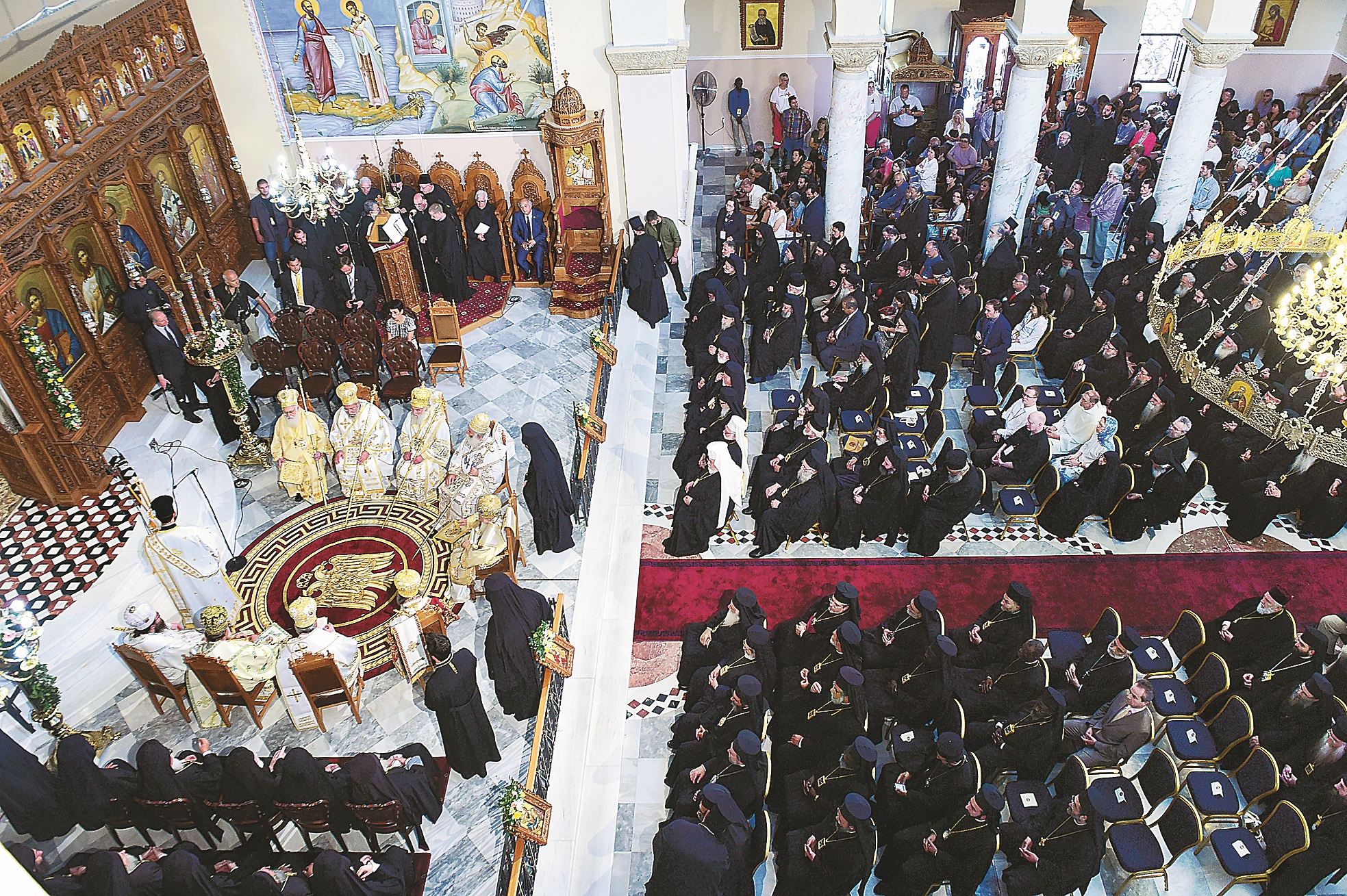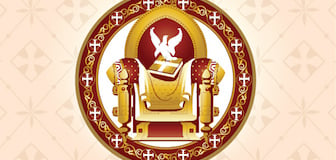The Holy and Great Council of the Orthodox Church concerned itself with the matter of Autonomy and the Means by Which it is Proclaimed. Therefore, the respective document, which was submitted by the Fifth Pre-Conciliar Pan-Orthodox Conference (Chambésy, Oct. 10-17, 2009) was discussed and was approved with some minor amendments as follows:
The questions of the text examined by the Council addressed:
- a) the concept, nature, and various forms of the institution of autonomy;
- b) the prerequisites for a local Church to request autonomy from the autocephalous Church to which it belongs;
- c) the exclusive prerogative of an autocephalous Church to initiate and complete the process of granting autonomy to a certain segment of its canonical jurisdiction – autonomous Churches shall not be established in the geographical areas of the Orthodox Diaspora;
- d) the impact of this ecclesial act on the relations between the proclaimed autonomous Church and with the autocephalous Church to which it belongs as well as with the other autocephalous Orthodox Churches.
The institution of autonomy is a canonical expression of the relative or partial independence of a particular ecclesial region from the canonical jurisdiction of the autocephalous Church to which it canonically belongs. The implementation of this institution through ecclesial praxis has given rise to various degrees of dependence with respect to the relationship of the autonomous Church to the autocephalous Church to which it canonically refers. The election of the Primate (First Hierarch) of an autonomous Church is approved or executed by the appropriate ecclesiastical entity of the autocephalous Church.
The Primate of the autonomous Church commemorates and is canonically related to the primate of the autocephalous Church. In the application of the institution of autonomy, we find various forms of its implementation in ecclesial praxis defined by the degree of dependence of the autonomous Church on the autocephalous Church. In some forms of autonomy, the degree of dependence of an autonomous Church is also expressed through the participation of its primate in the Synod of the autocephalous Church.
The initiation and completion of the process for granting autonomy to a region within the canonical jurisdiction of an autocephalous Church is the canonical prerogative of the autocephalous Church. The Church proclaimed autonomous refers to the autocephalous Church. Accordingly: A local Church that requests autonomy, after showing that it has fulfilled all necessary ecclesial, canonical and pastoral prerequisites, may submit its application to the autocephalous Church to which it has its reference, explaining the serious reasons prompting such a request. Upon receiving the application, the autocephalous Church considers, in Synod, all of the prerequisites and reasons for the submission, and decides whether or not to grant autonomy.
In the event of a favorable decision, the autocephalous Church issues a Tomos, which defines the geographical boundaries of the autonomous Church and its relationship with the autocephalous Church to which it refers, in accordance with the established criteria of ecclesial Tradition. The primate of the autocephalous Church informs the Ecumenical Patriarchate and the other autocephalous Orthodox Churches of the proclamation of the autonomous Church. The autonomous Church realizes its inter-Orthodox, inter-Christian, and inter-religious relations through the autocephalous Church from which it received autonomy. Each autocephalous Church may only grant autonomy within the borders of its canonical geographical region. Autonomous Churches are not established in the region of the Orthodox Diaspora, except by pan-Orthodox consensus, upheld by the Ecumenical Patriarch in accordance with prevailing pan-Orthodox practice.
In the event that two autocephalous Churches grant autonomous status within the same geographical ecclesial region, prompting contestation over the status of each autonomous Church, the parties involved appeal -- together or separately -- to the Ecumenical Patriarch so that he may find a canonical solution to the matter in accordance with prevailing pan-Orthodox practice. The implications for the autonomous Church with respect to its relationship to the autocephalous Church, following its proclamation of autonomy, are as follows:
- The Primate of the autonomous Church only commemorates the name of the primate of the autocephalous Church.
- The name of the Primate of the autonomous Church is not entered into the Diptychs.
- The autonomous Church receives holy chrism from the autocephalous Church.
- The bishops of the autonomous Church are elected, appointed and judged by its own appropriate ecclesiastical organ.
In the event that the autonomous Church finds this absolutely impossible, it receives assistance from the autocephalous Church to which it refers.

